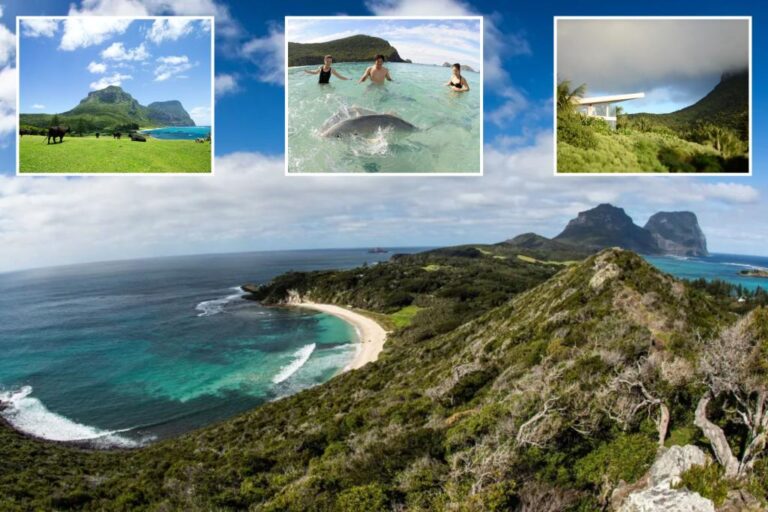Cracking down on mass tourism has been a hot topic recently, as cities around the world look for ways to prevent throngs of tourists and maintain a quality of life for local residents.
But there’s one incredible tourist destination that most people have probably never heard of that plans to fly under the radar, and they’ve been doing it for a whopping 40 years by severely limiting the number of tourists allowed inside.
Welcome to Lord Howe Island – if you’re lucky enough to be one of the 400 people allowed on the island at any one time.
For the past 40 years, Lord Howe Island has restricted tourism, allowing only 400 people at a time. Mark Metcalf
“The more we keep the island unique in this way, the more unique we become in the world,” Anthony Riddle, a sixth-generation islander and businessman, told CNN.
Located 372 miles off the east coast of mainland Australia, this jewel of a place is home to around 380 people who respect and protect the homeland their ancestors have protected for generations.
Tourism first began in 1947, but by the late 1970s locals were already aware of the need to protect the island’s unique ecosystem, an effort that led to Lord Howe Island being designated a UNESCO World Heritage Site in 1982. At that time, local leaders decided to curb tourism, a decision they have stuck to ever since.
And it seems to have worked.
Today, the island, along with the saltwater that surrounds the seven miles of land, is still densely populated with rare plants and animals, some of which can be found nowhere else in the world.
Located 372 miles off the east coast of mainland Australia, the island is home to about 380 residents who respect and cherish it just as their ancestors have for generations. Getty Images
According to Lord Howe Environmental Tours, more than 85 percent of the island is covered in primary forest and around 70 percent is designated permanent park reserve, meaning no development of any kind is permitted.
But despite the best efforts of locals and conscious tourists, Lord Howe Island’s days of enjoying its natural beauty and wonder are numbered, as coral bleaching is killing reefs and the rainforest is dying due to climate change.
But that hasn’t stopped islanders from maintaining their eco-friendly lifestyle or scared off tourists, with the destination booked up until 2026.
Tourists come to swim in the coral reefs, enjoy the pristine beaches, hike through the cloud forests and get involved in local conservation programs. Getty Images
Tourists come to swim in the coral reefs, enjoy the pristine beaches, hike through the cloud forests, and get involved in local conservation programs.
Dean Hiscox, who runs Lord Howe Environmental Tours, said people living on the island and those visiting it shared a “shared desire to make nature a priority”.
“Families who have lived here for five, six, seven generations always recognise how special the lifestyle is here,” said Ian Hatton, a naturalist and photographer who has lived locally since 1980.
“There’s a strong generational desire to protect our island.”

